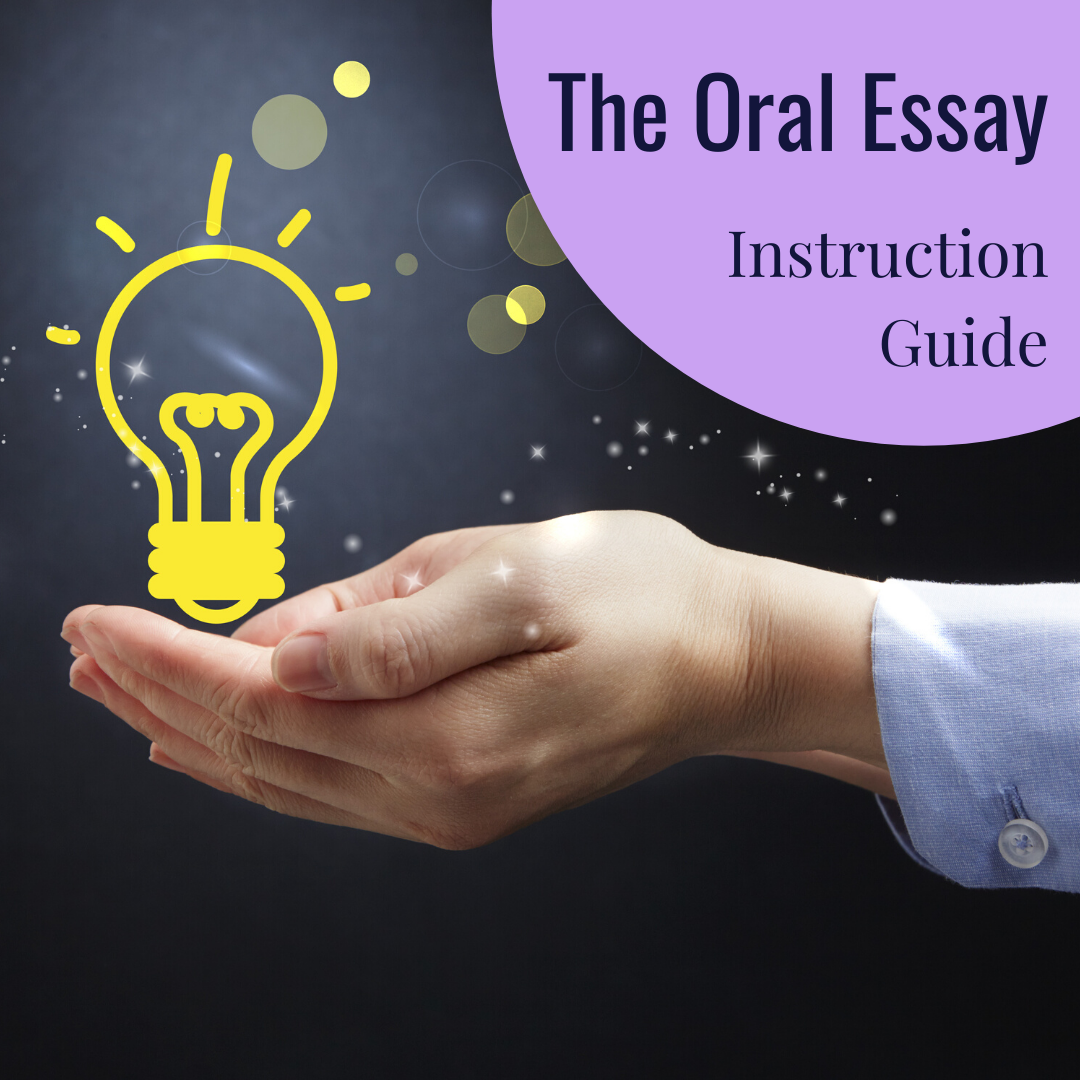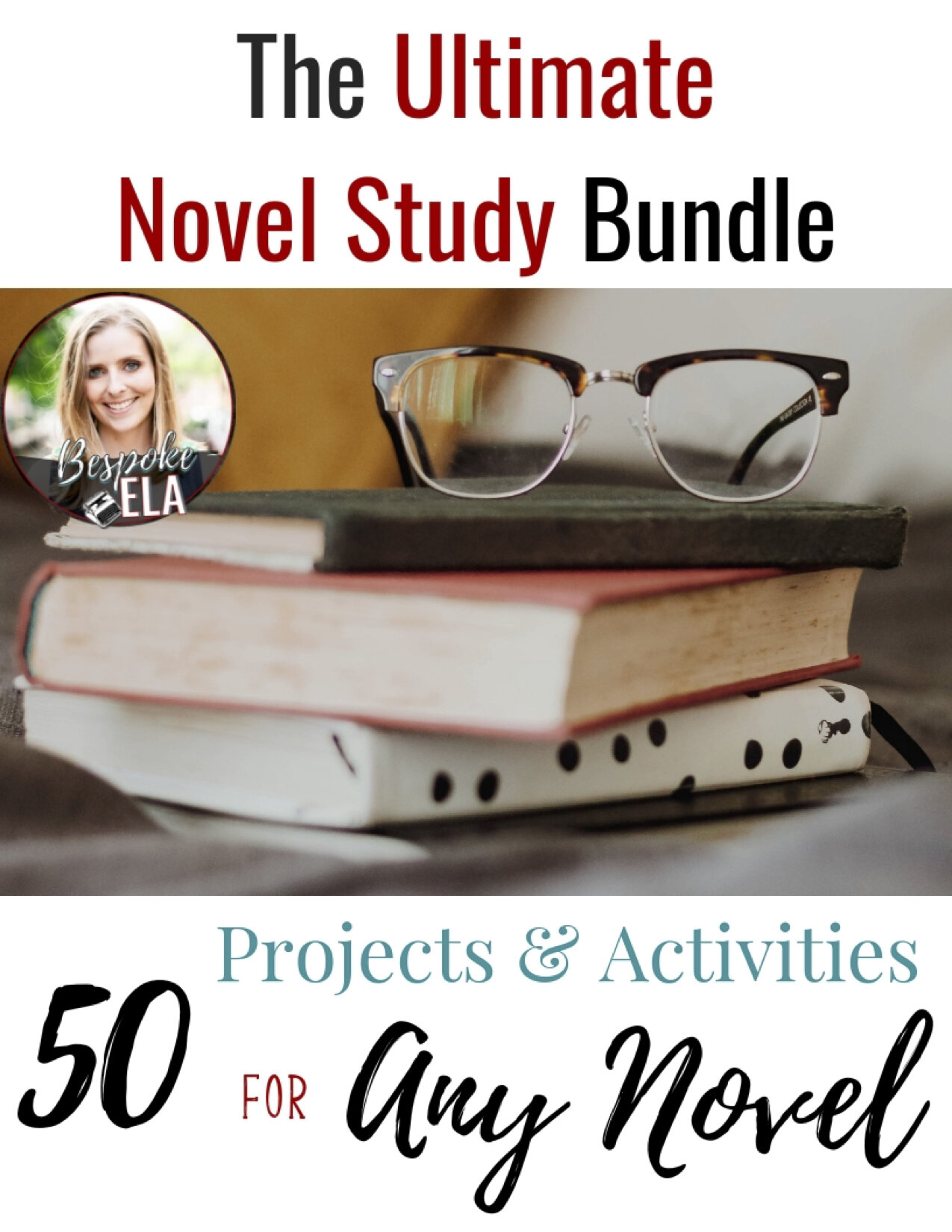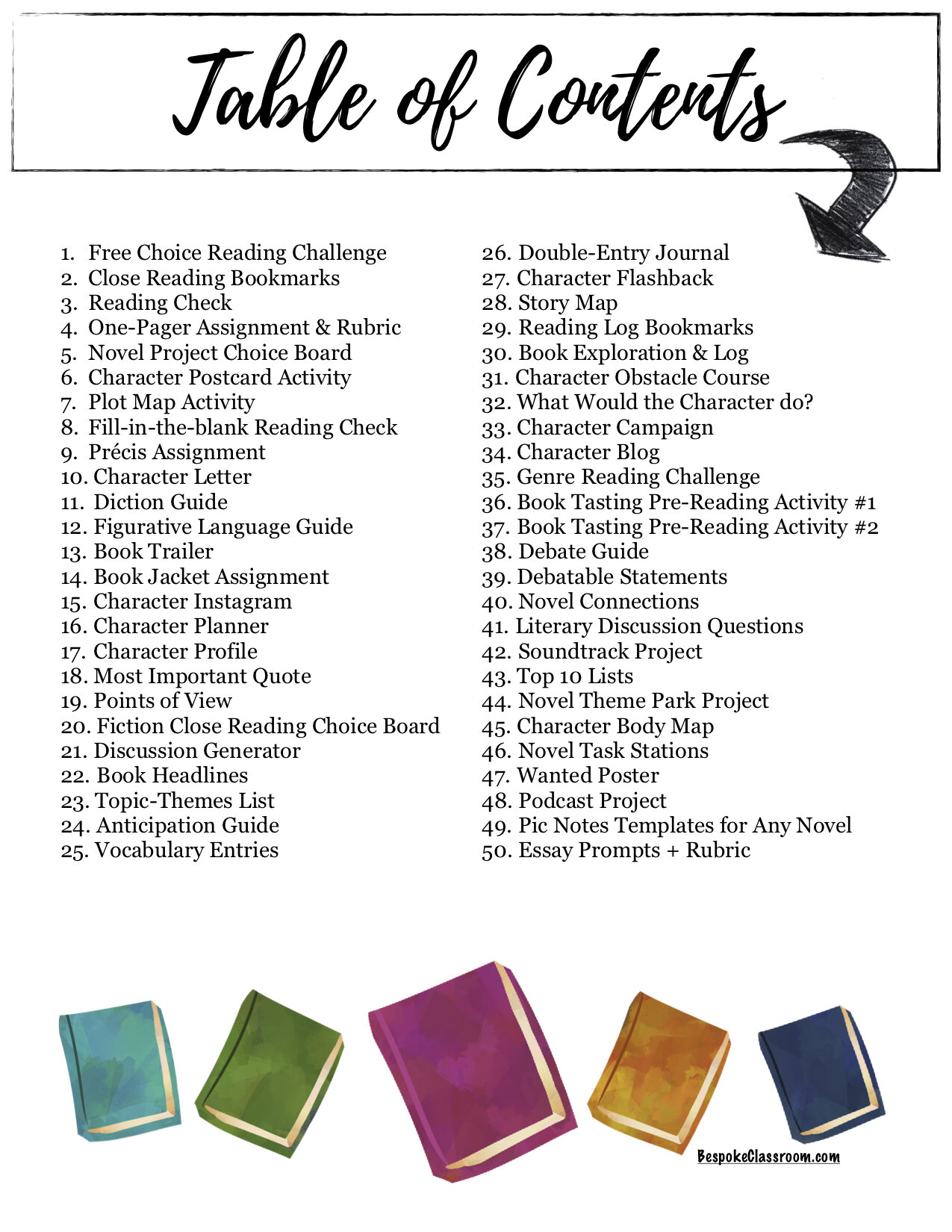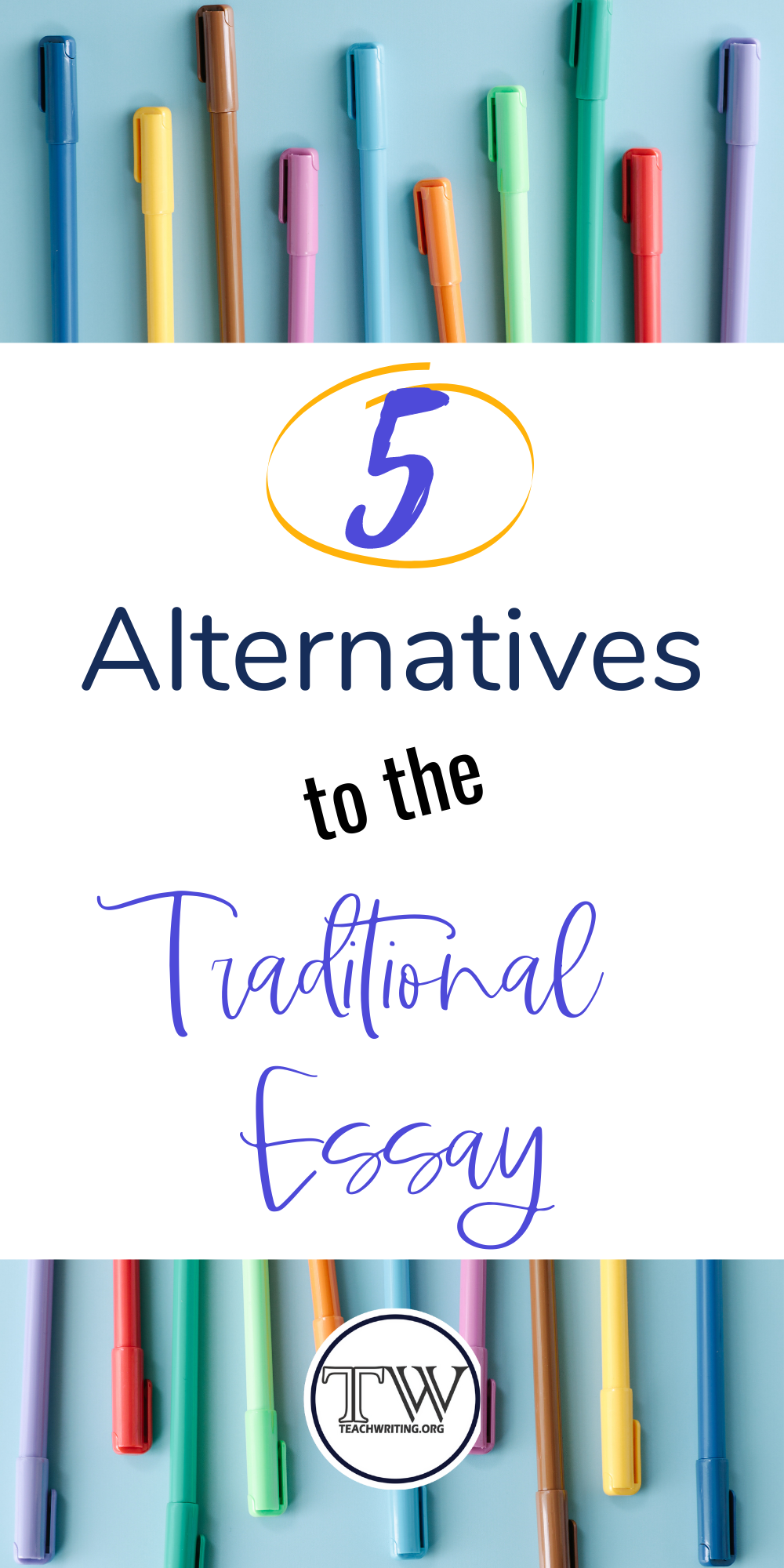5 Alternatives to the Traditional Essay
Another essay to grade? Another piece of writing to read? How many times have you asked these questions as a teacher? While writing is a cornerstone skill of any class, there are alternatives to written work that still enable you to assess key skills without having to read another piece of paper. Of course, if you need to actually assess writing, you will end up reading essays no matter what. But if you need to assess concepts, analysis, or comprehension, then there are other ways to do that instead of reading another five paragraph essay.
Check out these FIVE alternatives to the traditional essay to challenge your students in new ways while also assessing the same important skills.
The Oral Essay
An oral essay is when students present their essays out loud to the class in a presentation format. Instead of turning in a five-paragraph paper, students present their analysis to the class. They begin with a thesis statement and then “talk” through their evidence, explaining how it proves the thesis and what is shows. Students can complete this assignment individually or in groups. You can also require that students use a visual aid to enhance the effectiveness of their presentations.
Recently, I had my students present oral poetry essays to the class using the ELMO projector to show their annotations. They worked in groups of 2-3 students and took turns presenting different parts of the “essay.” They were not allowed to use any notes except their annotations of the poem. It is important to instruct students NOT to READ an essay to the class. That is not the point of the assignment. It is a presentation and should be treated like one— with eye contact and engagement with the audience.
Check out this FREE Oral Essay Guide in the Freebie Library right here on TeachWriting.org. It will help get your students started with this alternative essay assignment.
The Infographic or One-Pager
Infographics and one-pagers are visual, graphic representations of information. They both depict key concepts as well as how they are related. There are some fantastic templates for infographics to use FOR FREE over at Canva.com.
For this alternative essay assignment, you can have students create an infographic or one-pager in response to a traditional essay prompt. The difference is that instead of using sentences to convey meaning, students use images, words, textual evidence, elements, techniques, etc. to convey meaning in a visual context.
Recently, I had my students complete one-pagers over Gothic traits that they shared with small groups and then put on display around the classroom. The one-pagers depicted how the concept is represented in the Gothic texts we read, and students showed the relationship both pictures and words. I required that they use three quotations from three different texts to support their analysis of the Gothic trait. This helped them review for an assessment over the Gothic genre in a way that helped them create their own meaning of essential ideas.
If you’d like a ready-to-print guide on creating one-pagers, be sure to check out The Ultimate Novel Study Bundle: 50 Projects and Assignments for ANY Novel by Bespoke ELA. In this bundle, you will not only find instructions for one-pagers but 49 MORE activities for literary analysis.
The Analytical Cube or the Say-Mean-Matter Quiz
While the cube and the say-mean-matter quizzes still both involve assessing writing, they do do so in more succinct formats that make them easier to assess (time-wise) than traditional essays. Here’s how they work.
A cube quiz involves analyzing any four components of a text. Here are the components I like to use:
Explain the importance of the TITLE.
Explain how a CHARACTER changes.
Explain an important SYMBOL.
Explain an important THEME.
Students respond to each part of the cube in order to analyze a text. Since each part of the “cube” is focused on a single element or technique, I can very quickly read and assess a student’s understanding of the text.
The say-mean-matter quiz is also a focused assessment strategy that challenges students to analyze a text. In the say-mean-matter quiz, students are given 3-5 items from text. These items can be objects, character names, places, quotes, symbols, etc. The student then explains what the text literally says about that item (plot), what the item means (commentary), and why it matters (thematic connection). The succinct format of these assessments break the analysis into focused chunks that get to the heart of analysis very quickly.
Click here for an editable say-mean-matter template to use with your students. Be sure to subscribe to Bespoke ELA to unlock the Freebie Library over there for even MORE free lessons to print and use in your classroom.
The Photo Essay
A photo essay is a type of visual essay in which the student selects a series of photographs that correlate to their analysis of a text. They then present their photo essays to the class, explaining how the photos relate to the text, what they reveal about the text, and why this matters (thematic connection). Through making connections to other pieces of art (in this case photography), teachers can assess how a student comprehends a text as well as the depth of their analysis of key elements and techniques. Students can even record their analysis as a voiceover and create a short film in which they analyze the text using connected photos.
As an extension to this assignment, consider challenging students to take their own photographs instead of using existing photos from the Internet. This will add even more critical thinking to the assignment— as well as artistic expression.
The Satirical Project
Satire requires full and complete understanding of key concepts from a source. When someone creates satire, they create commentary and criticism of something else, which reveals a deeper understanding of the themes and ideas involved in what is being satirized.
In order to create a satirical version of a text, students can create a parody of the original or put on a modern lens such as zombie apocalypse. I had my students do satirical, modern comic book versions of Beowulf, and they really enjoyed employing satirical devices and humor into the story, but in order to do this, they had to have a thorough understanding of the epic poem first. That foundation granted them the ability to satirize the original in an effective way. Check out some of the comic book versions they made!
What other essay alternative projects or assignments do you like to do with your students? Please share with us in the comments. We’d love to hear from you!
Related Resource
About the Author
Meredith is the founder and creator of TeachWriting.org and Bespoke ELA. She has taught high school English for 10+ years in Dallas, Chicago, and New York City and holds a M.A. in Literature from Northwestern University. She has always had a connection to the written word-- through songwriting, screenplay writing, and essay writing-- and she enjoys the process of teaching students how to express their ideas. Meredith enjoys life with her husband, daughter, and sweet pups.















